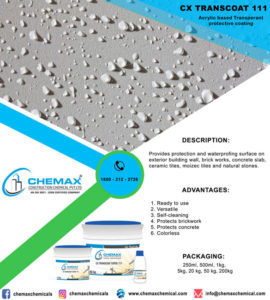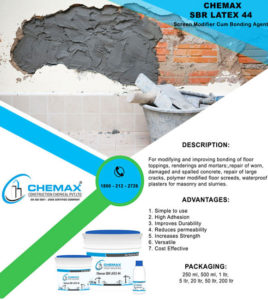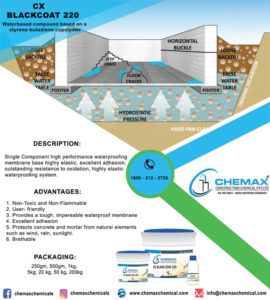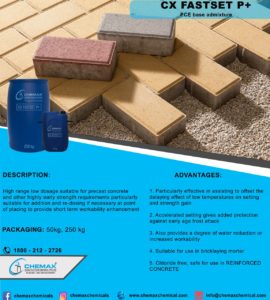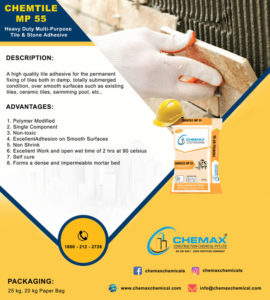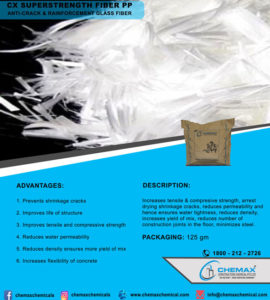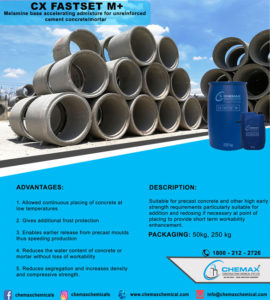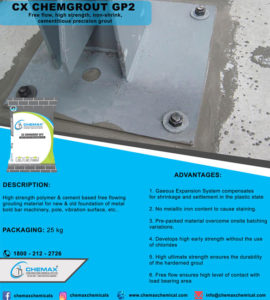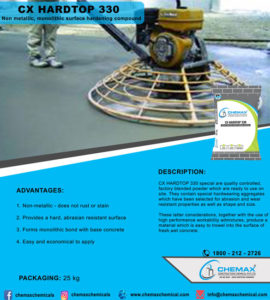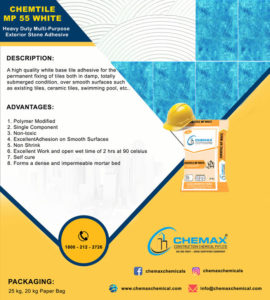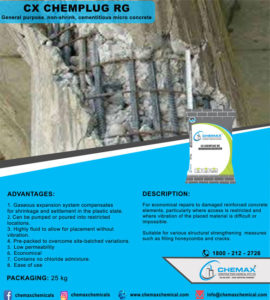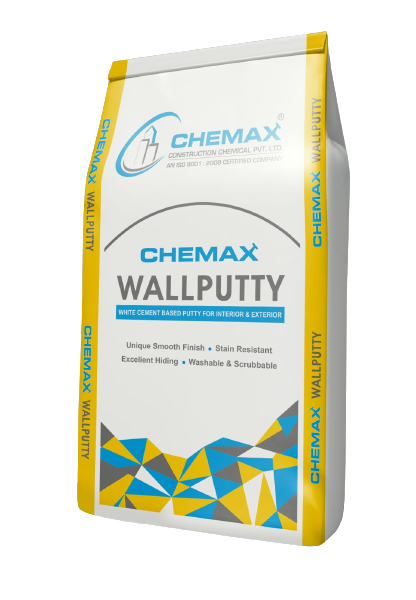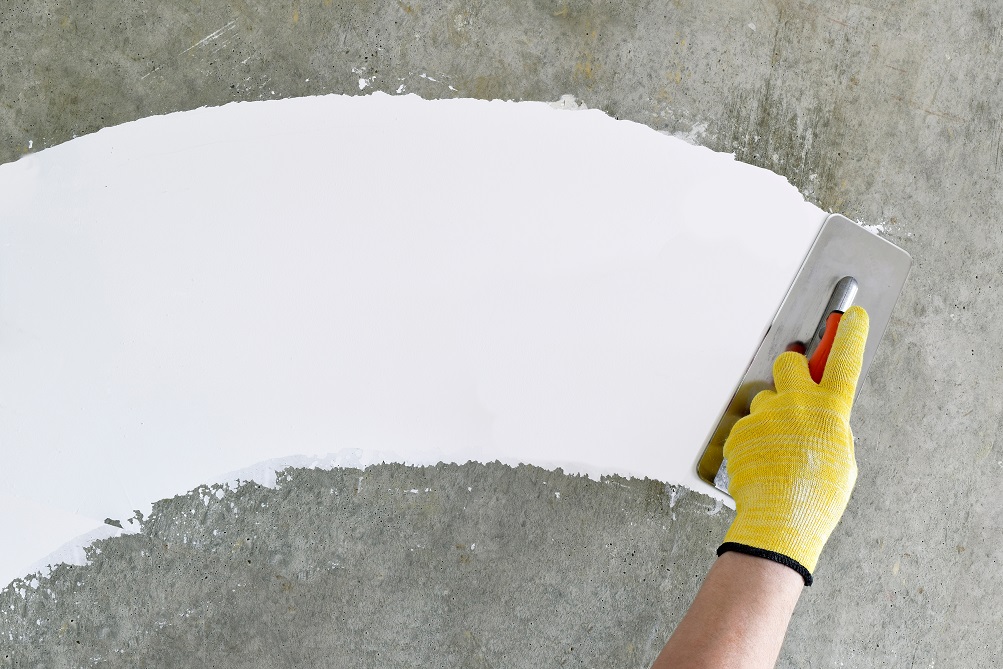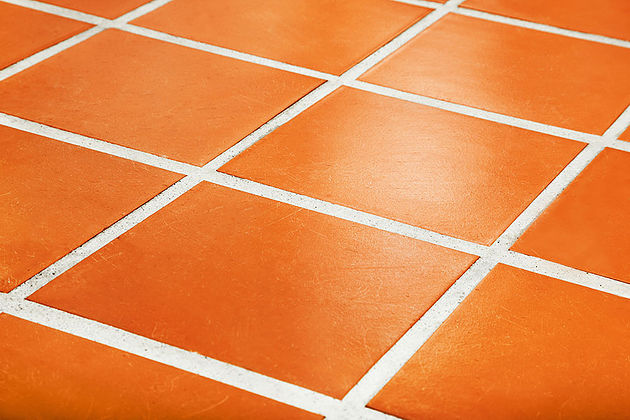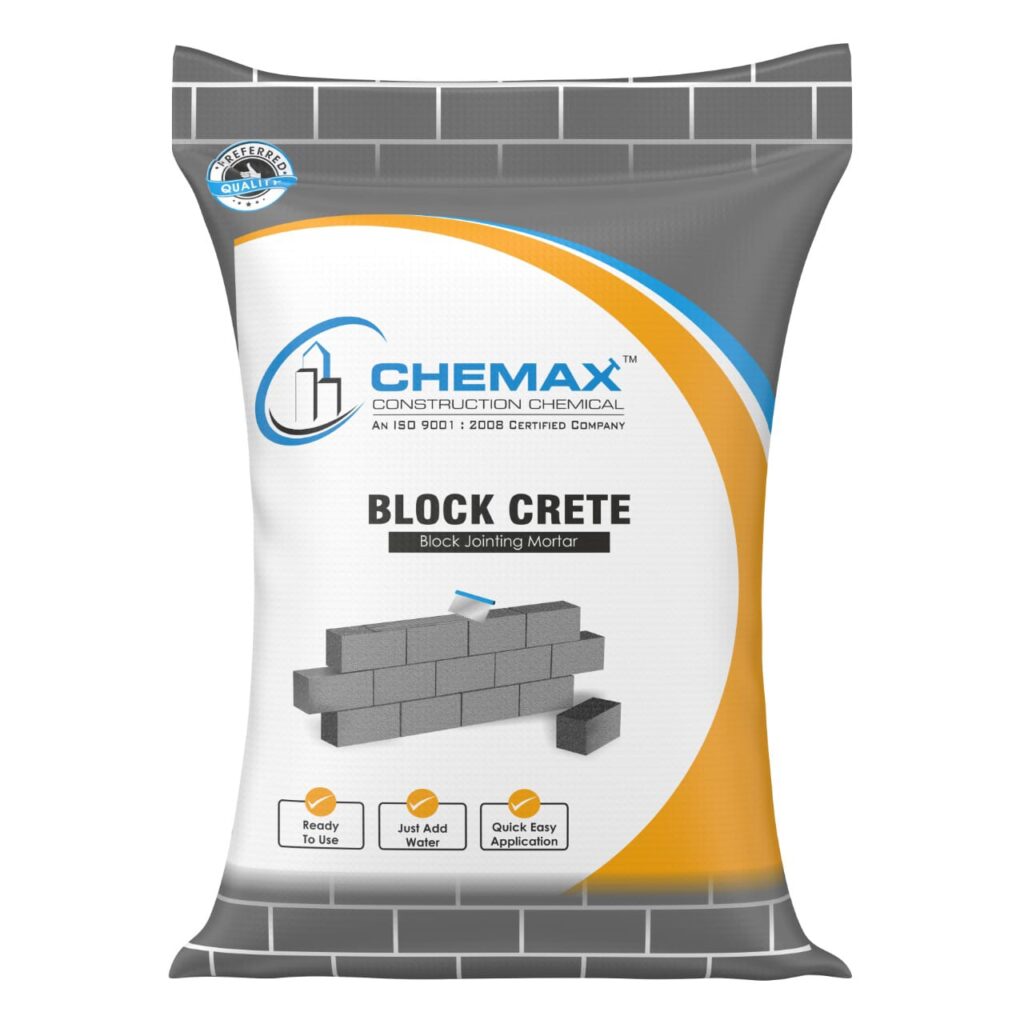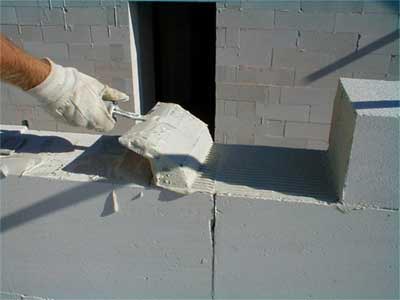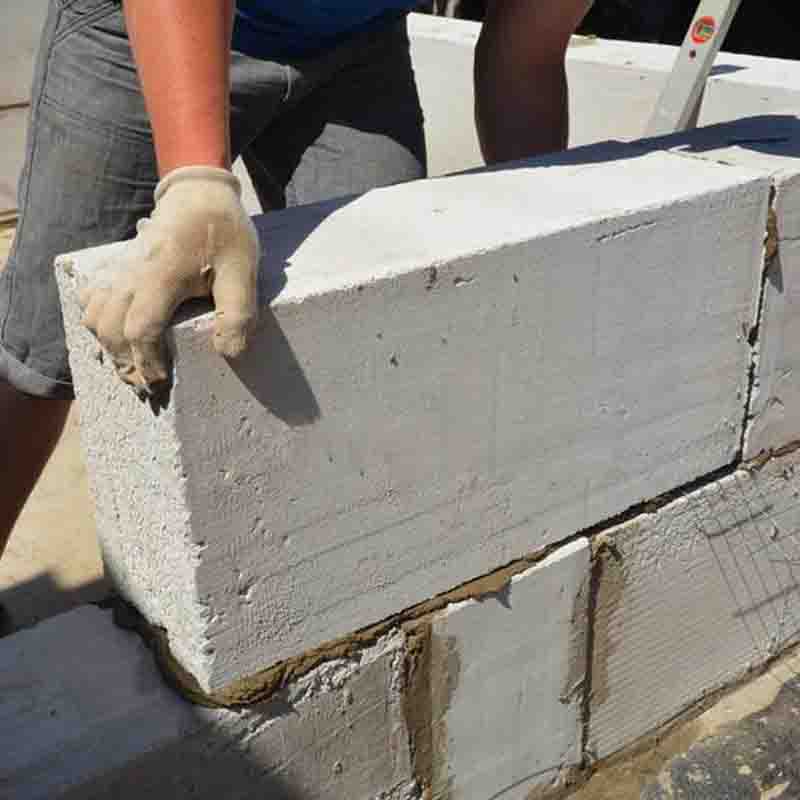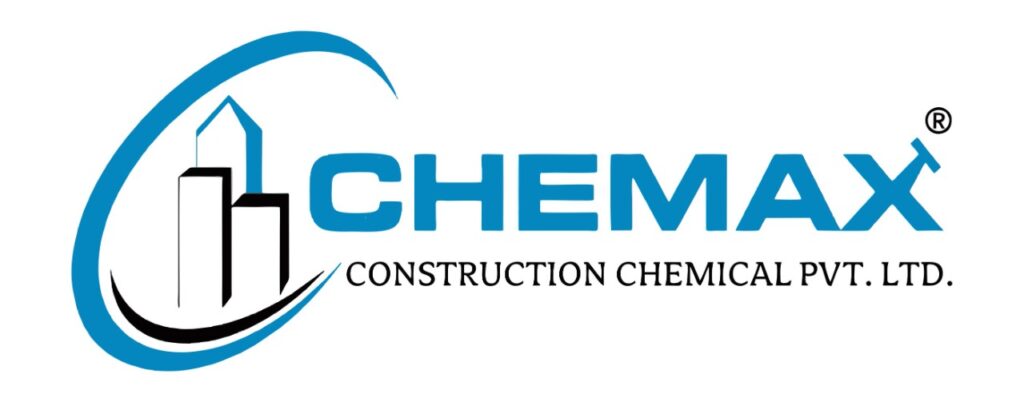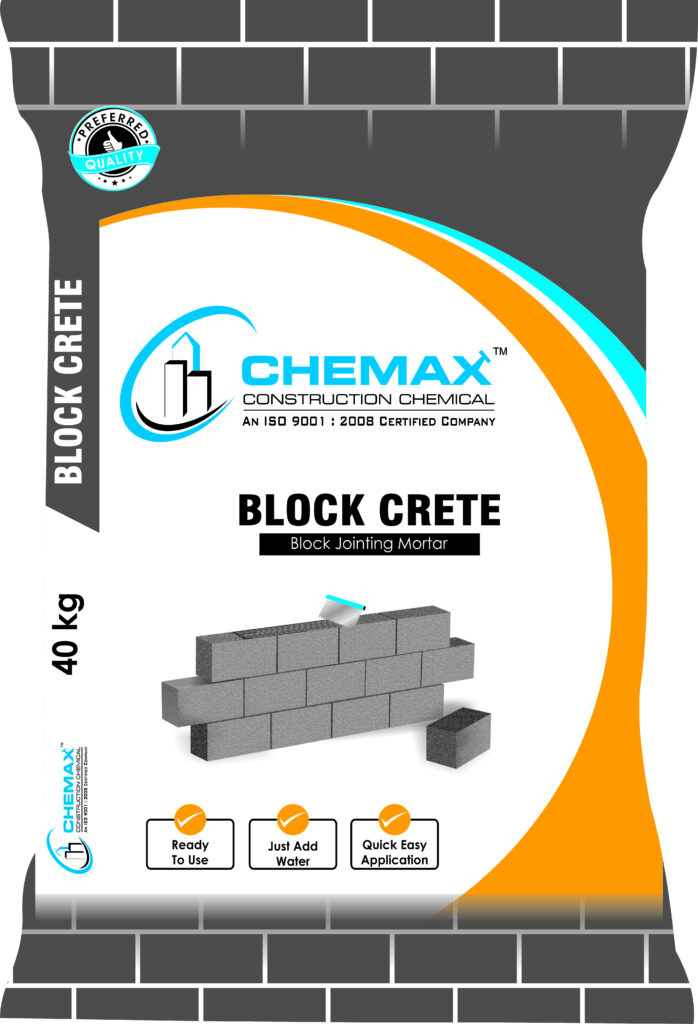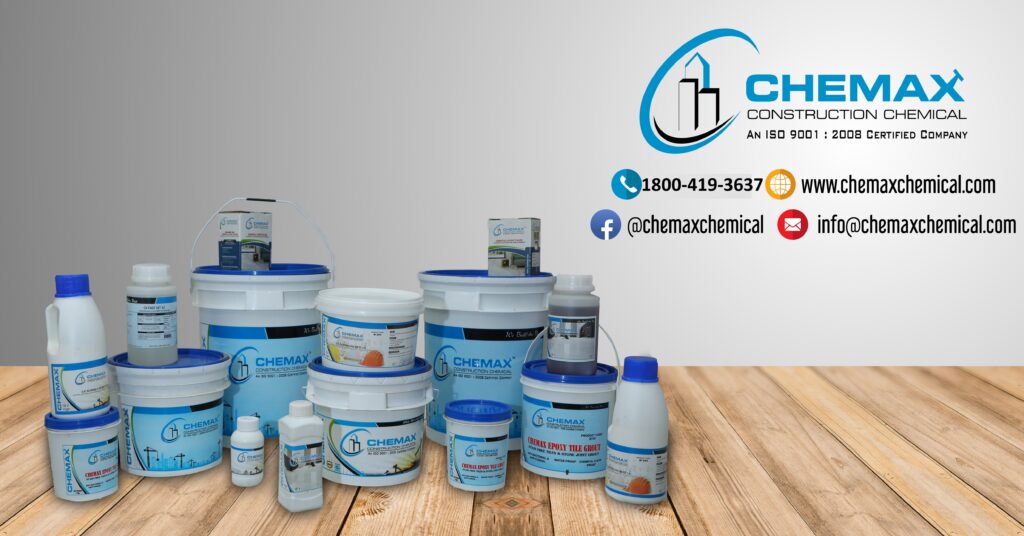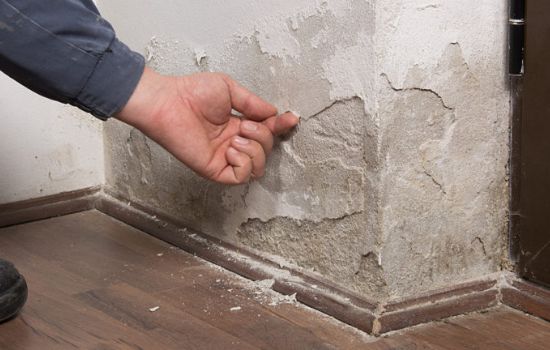EPOXY GROUT ADVANTAGES
Because it doesn’t require Portland cement or water during the mixing process, epoxy grout is a special and well-liked tiling grout. Hardener, colors, epoxy resin, and silica fillers make up this substance. One popular grout option that is quickly becoming a tiler favorite is epoxy grout. The option was made because it is extremely strong, long-lasting, and resistant to stains, cracks, and weather changes. But this coin has two sides, just like everything else in life. Along with all of its benefits, it also has some drawbacks. In order for you to make an informed decision before selecting the ideal grout, we will attempt to present you with a balanced perspective on the issues, benefits, and drawbacks associated with epoxy grout in this post.
EPOXY GROUT ADVANTAGES :
Epoxy grout is a chemically resistant, extremely strong, and long-lasting grout that can last a lifetime.
Since it is non-porous, the tiles cannot grow mold or mildew on them. Due of its resistance to water damage, epoxy grout is a great choice for places like bathrooms and kitchens.
Due to its stain resistance and ease of maintenance, it allows for hassle-free cleaning. The easiest way to clean dirt and grime off epoxy grout is using a moist sponge or damp cloth.
Another benefit of epoxy grout is that it comes in a variety of colors. For a clean and smooth appearance in your kitchen or bathroom, you might choose a hue that complements the tile’s color.
Because epoxy grout is non-porous, it doesn’t need to be sealed.
IS EPOXY GROUT FLEXIBLE?
The ordinary cementitious grout is stiff and grittier than epoxy grout. The unavoidable truth is that epoxy grout consistently wins the argument between it and regular grout due to its elasticity and endurance. The difference is mostly attributed to the chemical composition of the products and the advantages of being more flexible and waterproof. A tiny amount of stress and strain, vibration, and impact can all be absorbed by the flexible epoxy grout without it splitting. Due to its adaptability, it is the perfect solution for high-traffic areas like kitchens and balconies.
HOW TO MAINTAIN EPOXY GROUT ?
Although epoxy grout is frequently stain and crack-free, you should nevertheless give your grout a nice preventative clean with water and baking soda paste every week or two. Utilizing a grout brush or an old toothbrush, work this mixture into the grout before giving it a good rinse under running water. The most important thing to keep in mind is to be mindful of busy locations because they require a little more upkeep. The following are some preventative measures you may take to keep your tiles looking brand-new forever:
Install walk-off mats at all of your home’s entrances. Walk-off mats are useful for reducing the quantity of dirt that enters your home; they are not merely for aesthetic reasons.
In the dining and kitchen areas, place rugs or mats. Be mindful of areas like your sink, stove, and the area under your pet’s food and water bowls where food and water can collect.
Make sure you are always using the best mopping techniques. The first rule to follow is to avoid over wetting your floors. This is particularly more crucial if you’re using a mop that you dip into the water to clean with because it gets dirtier each time.
More frequently sweep or vacuum, particularly in areas with considerable traffic.
Summery About Epoxy Grout Advantages
After a lengthy discussion of the benefits and drawbacks of epoxy grout, it is fair to conclude that, although being a little more expensive and requiring some installation expertise, epoxy grout is still preferable to normal grout due.




